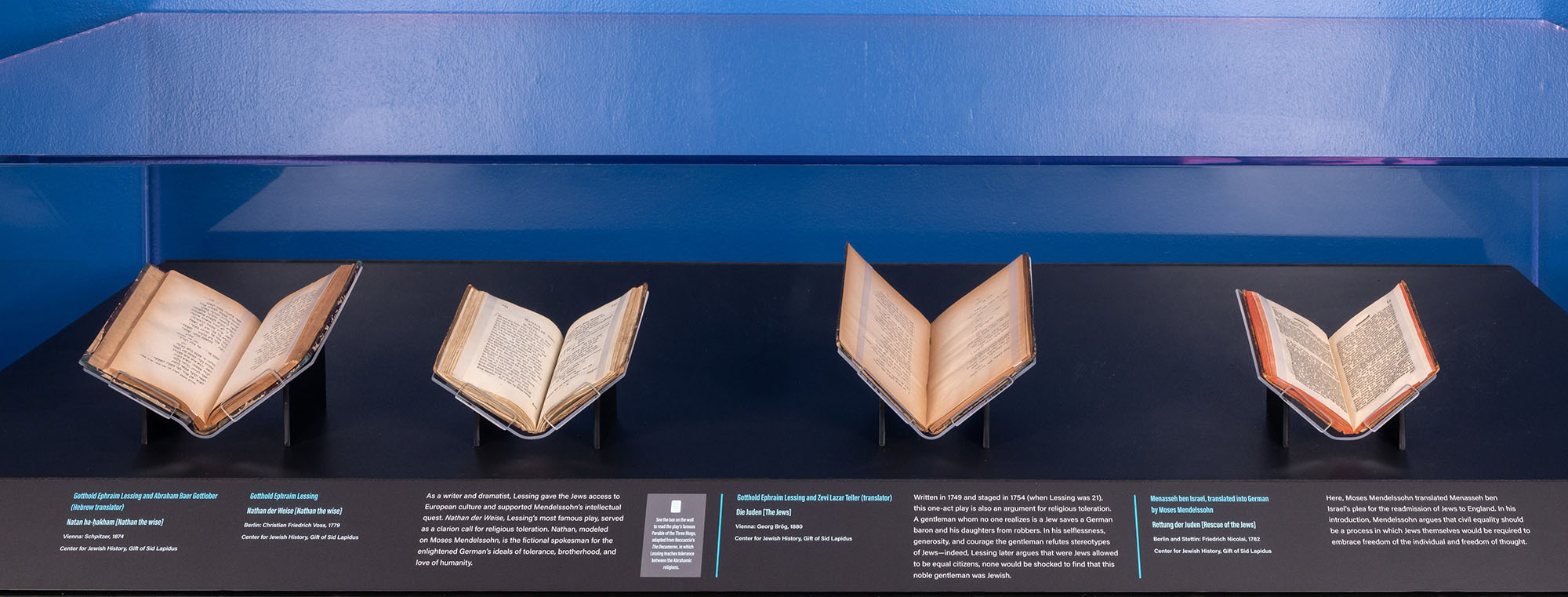Sample text. Click to select the Text Element.
Sample text. Click to select the Text Element.
Click for 360 tour

It is an experience, saturated by
many sad games, that some noble
citizens and sons of citizens through
usurious contracts with Jews ...
Augsburg: 1776
Center for Jewish History,
Gift of Sid Lapidus
This broadside states that since citizens have
been ruined by Jewish moneylenders, only
citizens over the age of 25 with the permission
of the mayor may enter a contract with a Jew.
The notice goes on to outline the punishments
for Jews and borrowers who violate the decree.
Parents, guardians, and employers are also urged
here to report any violations to the authorities.

Moritz Daniel Oppenheim
(German, 1800–1882)
Die Rückkehr des Freiwilligen
(The Return of the Volunteer),
c. 1868
Oil on canvas
The Jewish Museum, New York; Gift of the
Oscar and Regina Gruss Charitable and
Educational Foundation, Inc., 1999-95
Known as “painter of the Rothschilds and the Rothschild of
painters,” Moritz Daniel Oppenheim rose from an Orthodox
upbringing in the Hanau ghetto to become known as the
“first Jewish painter of the modern era.”
Die Rückkehr des Freiwilligen portrays a soldier who has returned home from the War of Liberation, in which
hundreds of German Jewish volunteers fought against
Napoleon’s invasion. The soldier now wears an Iron Cross,
a military honor but also a Christian symbol.
This grisaille is based on the 1833 work Oppenheim gave
to his friend Gabriel Riesser, an outspoken advocate of emancipation. In that original version you can see the tension in the father’s face: while he admires his
son’s achievements, he knows that the son traveled on
the Sabbath to return home with his Iron Cross. In this
later version of the painting Oppenheim eased these
generational tensions between father and son.
